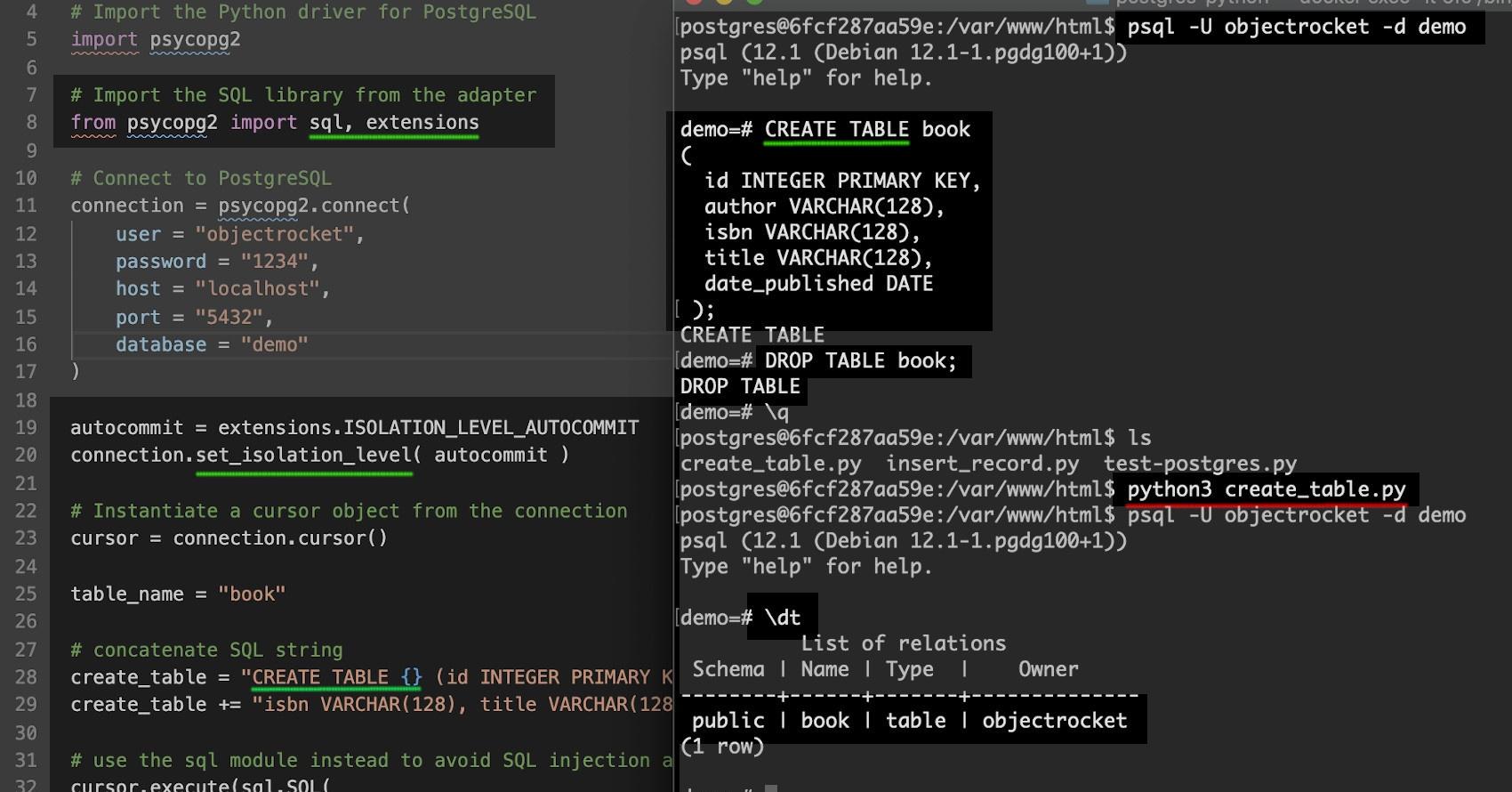Are you curious to know what is cursor in dbms? You have come to the right place as I am going to tell you everything about cursor in dbms in a very simple explanation. Without further discussion let’s begin to know what is cursor in dbms?
Cursors serve as essential tools in database management systems (DBMS), enabling efficient traversal and manipulation of query results. This article aims to provide a comprehensive understanding of what cursors are, their types, and their significance in DBMS operations.
What Is Cursor In DBMS?
In DBMS, a cursor is a database object used to traverse and manipulate a set of rows returned by a query. It acts as a pointer to the result set, allowing sequential access to individual rows for processing.
Types Of Cursors In DBMS
Cursors in DBMS are classified into two main types based on their functionality:
- Implicit Cursors: Implicit cursors are automatically created by the database management system to handle query processing. They are commonly used for single-row queries or queries without explicit cursor declaration.
- Explicit Cursors: Explicit cursors are user-defined cursors explicitly declared and managed by the programmer. They provide more control over query execution and are suitable for scenarios requiring iterative processing of query results.
What Is Cursor In DBMS With Example?
Consider the following example to illustrate the concept of cursors in DBMS:
Suppose we have a table named “Employees” with columns “EmployeeID” and “EmployeeName.” We want to retrieve and display the names of all employees using a cursor in Oracle DBMS.
DECLARE
CURSOR emp_cursor IS
SELECT EmployeeName FROM Employees;
emp_record Employees.EmployeeName%TYPE;
BEGIN
OPEN emp_cursor;
LOOP
FETCH emp_cursor INTO emp_record;
EXIT WHEN emp_cursor%NOTFOUND;
DBMS_OUTPUT.PUT_LINE(emp_record);
END LOOP;
CLOSE emp_cursor;
END;
/
In this example, an explicit cursor named “emp_cursor” is declared to fetch the “EmployeeName” from the “Employees” table. The cursor is then opened, fetched row by row, and displayed using the DBMS_OUTPUT.PUT_LINE function.
On GetDailyBuzz you will get to know beneficial information which required in your daily life.
Types Of Cursors In DBMS: Sql Server Vs. Oracle
Cursors in DBMS are implemented differently in SQL Server and Oracle databases:
- Cursor in DBMS SQL Server: SQL Server supports both implicit and explicit cursors, allowing developers to iterate over result sets using T-SQL commands like DECLARE CURSOR, FETCH, and CLOSE.
- Cursor in DBMS Oracle: Oracle also supports implicit and explicit cursors, but the syntax and usage may vary. PL/SQL, Oracle’s procedural language, is commonly used to define and manipulate cursors in Oracle databases.
Conclusion
In conclusion, cursors play a vital role in DBMS operations, enabling efficient traversal and manipulation of query results. Understanding the types of cursors, their syntax, and their implementation in different database systems empowers developers to leverage them effectively in database programming.
FAQ
What Is Cursor With Example DBMS?
Whenever DML statements are executed, a temporary work area is created in the system memory and it is called a cursor. A cursor can have more than one row, but processing wise only 1 row is taken into account. Cursors are very helpful in all kinds of databases like Oracle, SQL Server, MySQL, etc.
What Is Cursor And Its Types?
Cursor is a Temporary Memory or Temporary Work Station. It is Allocated by Database Server at the Time of Performing DML(Data Manipulation Language) operations on the Table by the User. Cursors are used to store Database Tables. There are 2 types of Cursors: Implicit Cursors, and Explicit Cursors.
What Is A Database Cursor?
A database cursor is an identifier associated with a group of rows. It is, in a sense, a pointer to the current row in a buffer.
What Is The Cursor?
A cursor is the position indicator on a computer display screen where a user can enter text. It is also known as a “caret.” The word cursor comes from the Latin word “cursorem,” which means runner.
I Have Covered All The Following Queries And Topics In The Above Article
Types Of Cursor In DBMS
What Is Cursor In DBMS With Example
What Is Cursor In DBMS Sql Server
What Is Cursor In DBMS Oracle
What Is Cursor And Its Types In DBMS
What Is Cursor In Sql
Implicit Cursor In DBMS
Explicit Cursor In DBMS
What Is Cursor In DBMS










